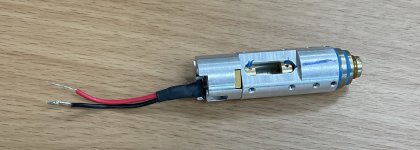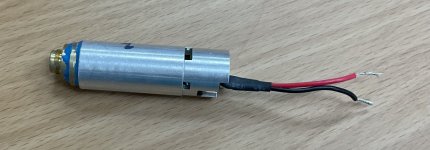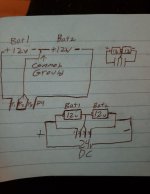it seems like I have found a new source to get 473nm modules for a good price, they are inside DPBL-9010F lab laser. The modules have a diameter of 17mm and they are 60mm in length. They are inside a metal housing that has a photodiode feedback sensor, thermistor and a collimating/expanding lens set. They produce 10+ mw of 473nm light, i managed to get one for $120 but there are a few up for sale for $249, still way cheaper than how cni sells them now ($700),
here are some links:


here are some links:

II-VI Suwtech DPBL-9010F DPSS CW BLUE LASER; 472/473/474nm 0.008-0.012W | eBay
<p>Here is an excellent condition, Low Hours DPBL-9010F from II-VI Suwtech/Photop. <br>Includes Mounting Plate and LDC-1540XP Power Supply. <br><br>This is a Blue Laser with Wavelength 472, 473, 474 nm, Power 0.008 to 0.012 W, Output Power (CW) 0.008 to 0.012 W, <br>Operating Temperature 0 to...
www.ebay.com

Ii-Vi Suwtech DPBL-9010F Dpss Cw Laser Blu ; 472/473/474nm 0.008-0.012W | eBay
Find many great new & used options and get the best deals for Ii-Vi Suwtech DPBL-9010F Dpss Cw Laser Blu ; 472/473/474nm 0.008-0.012W at the best online prices at eBay! Free shipping for many products!
www.ebay.com









